How to organize back bends in a yoga sequence
8A number of years ago a friend of mine went to a new yoga class. At one point they did a Camel pose and my friend couldn’t quite reach her heels. She was content keeping her hands on her back, until the yoga teacher appeared beside her and began cheering “You are almost there – reach, reach, reach!” My friend did reach her heels to the excited clapping of the teacher and threw her back out. She was out of commission for months.
At the risk of sounding like a broken record, I will say it again – achieving the deepest form of the posture is NOT a goal in yoga. And even though we do need to challenge ourselves physically and otherwise to facilitate growth, we need to do so responsibly.
Many teachers seem to believe that the risks of a back bend are minimized if the body is positioned properly in the posture. This is certainly true, but this is not enough. Some other points that are essential in making the back bends safer include:
- Building gradual progression of intensity (both in the space of one class and long-term)
- Limiting the number of back bends within one practice
- Using stabilizing postures
- Including adequate compensation
Let’s explore those.
1. Gradual progression means building the intensity gradually toward the peak, where the following posture is a bit more challenging then the one before it. If you have a certain pose in mind that you would like to work toward, you would need to analyze the pose first on the level of skeletal structure, joint positions and muscle actions to see which parts of the body require preparation. We usually start from the spine, then move to the shoulder/pelvic girdle, then out to the extremities. For example:
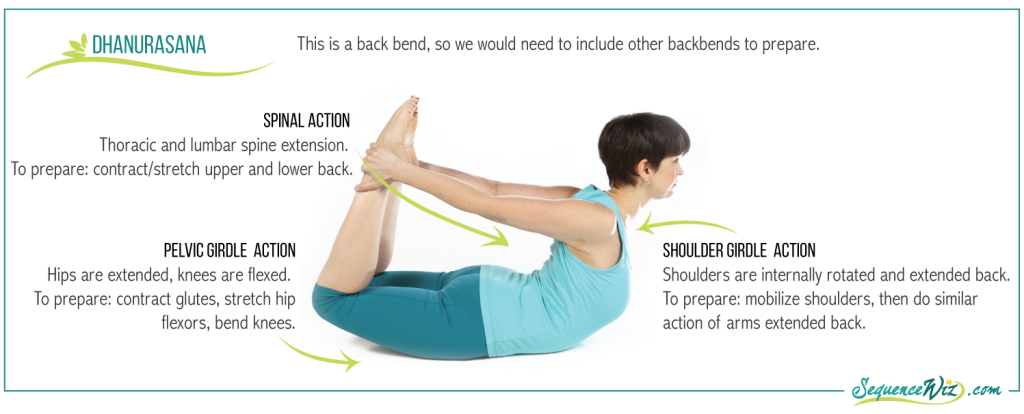 Then we can select some Core poses that would help us get there, for example:
Then we can select some Core poses that would help us get there, for example:
Notice how the choice of the arm positions imitates the arm position in the goal posture – this is also part of the preparation process. Of course, we wouldn’t do those poses back-to-back; we would need to compensate for them in the course of the practice.
2. Limiting the number of back bends. I’ve been to yoga classes where the teacher seemed to include every back bend possible. More is not better. For people who are already extra-bendy too many back bends will only destabilize the structure, making it more vulnerable. For those people who do not have a lot of spinal flexibility it will be too much, since their bodies are not used to this sort of movement – that’s an injury waiting to happen. Generally, I wouldn’t recommend doing more then 4-5 back bends within a practice.
3. Stabilizing postures take care of the lower back and sacrum. This is such an important role that back bends play, yet it frequently goes overlooked. When we do all those fancy standing postures – back bends, side bends, twists – we pull the spine and sacrum in every direction while keeping the pelvis relatively stable. The potential of torquing or destabilizing the SI joins is high. So afterwards we need to stabilize the relationship between the sacrum and pelvis by doing some sort of symmetrical prone back bends; Vimanasana works great, as well as certain variations of Bhujangasana.
4. Adequate compensation is essential in bringing the body back to the state of balance. We don’t bend back very often in our daily lives, so for many people this is a foreign and intense movement that needs to be neutralized. Often several poses are necessary to compensate for a deep back bend. In the example of Dhanurasana we might need couple of forward bends to stretch the back, an axial extension posture to mobilize the hips and shoulders, and a twist to realign the shoulder and pelvic girdles.
Back bends play two very different distinctive roles in any yoga sequence: some increase the range of motion of the spine and others stabilize the lower back and sacrum. That’s why it matters how we distribute them throughout the yoga practice. To see those ideas in action, check out this step-by-step process of building a sequence for Dhanurasana.
Log in to your Sequence Wiz account to get your How to Create a Yoga Practice for a Goal Posture PDF (under Forms/Handouts) and a sample sequence for Dhanurasana (under Shared Sequences)
Learn more about Sequence Wiz membership
[jetpack_subscription_form]

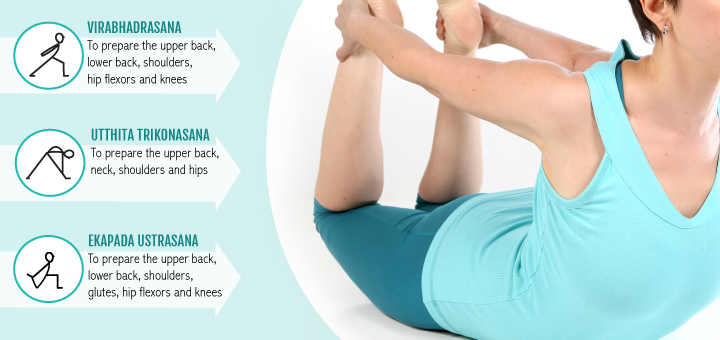



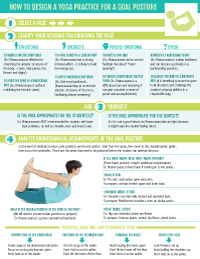
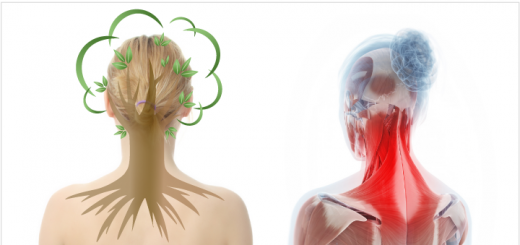


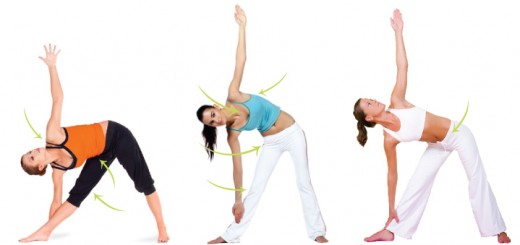















Hi, Olga…very informative and helpful. Would you please consider doing a blog on entry level to gentle sequencing for back bends. I have many clients that consider Makarasana (Crocodile) challenging. Perhaps even include using props or chairs.
It amazes me how many young people are unable to bend backwards. It’s not just about the elderly any longer. Many 30-somethings have spent most of their lives sitting and slumping. They come to class and can’t yet sit on the floor in easy pose.
I’m every grateful for your excellent and practical site. You are a blessing!
Janis
Thank you for your comment Janis, this is an excellent idea! I completely agree – age is not that much of a factor when it comes to back bending nowadays because of the lifestyle. I’ll give it a thought and work it in!
Hari Om Olgaji
Thanks for this enlightenment on back bends.
You have mentioned ‘two distinctive different role of back bend in yoga sequence’.
Does not a ‘third role of energetics’ also happen?
Yogicly
Abhinandan
Hi Abhinandan – absolutely! Backbends have a very pronounced brhmana effect. I was talking about structural stuff though – anatomically, there are two major roles.
Such a great article. A good reminder to work towards the intense posture. Information is so concise and clear. Thanks
Thank you Gwen!
Another amazing post 🙂 we’ve been talking a lot during the teacher training I’m doing about analyzing peak poses and working out what other poses will help prepare the body for the peak pose, and then gradually building up the intensity.
Very informative and clear!
Anne-Laure
http://www.joytiyoga.com
The bridge pose is also quite stabilising. In Swastha yoga they teach it as a way of slowly bringing a displaced sacrum back into place. You tighten the buttocks, the lower back and lower abdomen and then push the pelvis upwards on the in breath. Hold, then release down on the out breath. Release the muscles and relax joints while resting back on floor before preparing to go up again. Do 10 x.